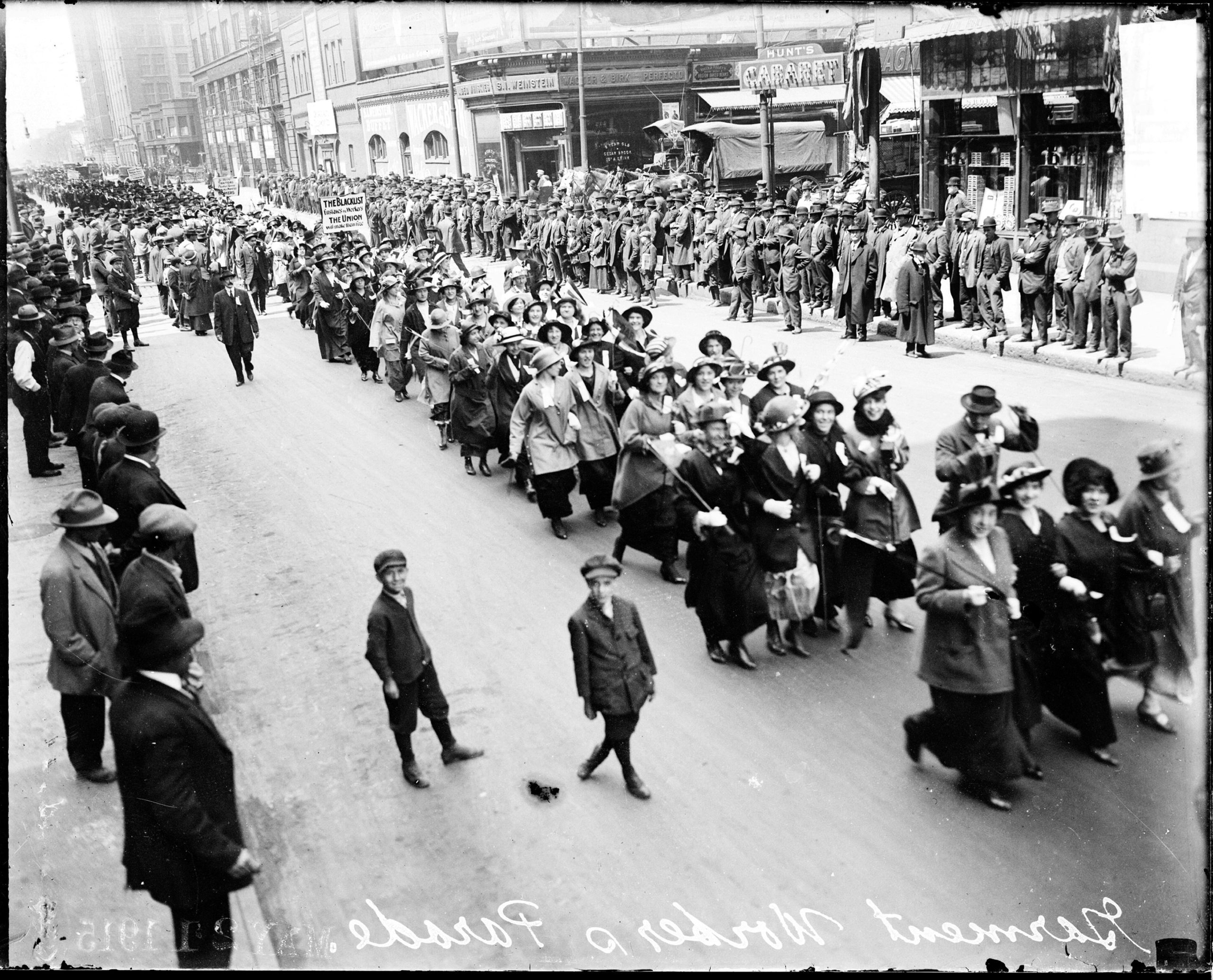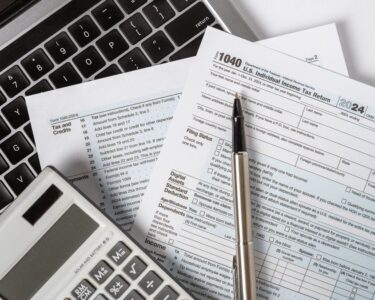Labor Day has long signified the conclusion of summer. A long weekend, a day off from work and backyard barbecues are often a staple of this federal holiday, but Labor Day is more than just an excuse to get in your last moments of summer sun and one final dip in the pool before the leaves turn and school is back in session—and its history goes way back.
Labor Day honors the contributions and efforts of American workers, and this September 1, however you decide to celebrate, consider taking a moment to think about the laborers who came before you and the history of this historic holiday.
Why do we celebrate Labor Day?
While Labor Day serves to honor American workers each year on the first Monday of September, its origins date back to the 19th century labor movement. During the time in which the Industrial Revolution was booming, the American worker could expect to work 12-hour days, 7 days a week, just to get by. While the hours were grueling, the conditions made their days even worse, which ultimately led to an increase in labor unions, protesting the conditions individuals were forced to work under.

Chicago Sun-Times/Chicago Daily News collection/Chicago History Museum/Getty Images
When was the first Labor Day?
On September 5, 1882, the first Labor Day celebrations took place in New York City. With thousands of workers taking unpaid time away from their jobs to march in the first parade, states soon began to recognize the holiday, but it would be more than a decade before it became nationally observed after a railroad strike forced politicians to act.
The Pullman Strike marked a turning point
Around 1893, when the Depression began, The Pullman Palace Car Company reacted by slicing the wages of their workers, who were already receiving minimal compensation. Most of these workers lived in the company town of Pullman, a Chicago neighborhood. While their wages were cut, their rents and living expenses were not, leaving many families desperate to make ends meet. In response to this troubling situation, a group of workers approached the company’s president to share their concerns about their low pay and conditions. He responded by firing them. Pullman workers proceeded to go on strike, and in solidarity with their efforts, the American Railroad Union boycotted all Pullman trains, halting commerce and railroad traffic. In the end, President Grover Cleveland signed a bill recognizing the first Monday in September as a federal holiday to show support for laborers.
Labor Day parades, traditions and celebrations
Many people across the country participate in parades to celebrate workers in their own unique way. New York City, host of the very first Labor Day parade, still celebrates each year, this year’s being held on September 6. “Tens of thousands of workers from over 200 unions and constituency groups will march up NYC’s famed Fifth Avenue, from 44th to 64th Street, in a powerful display of solidarity and pride,” reads a post on their website.







